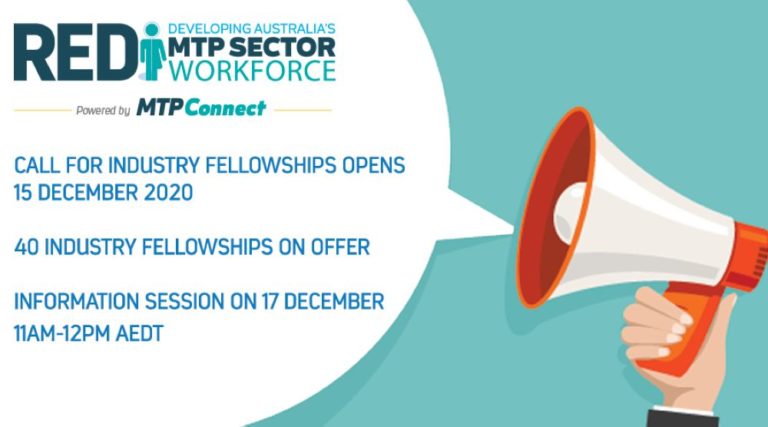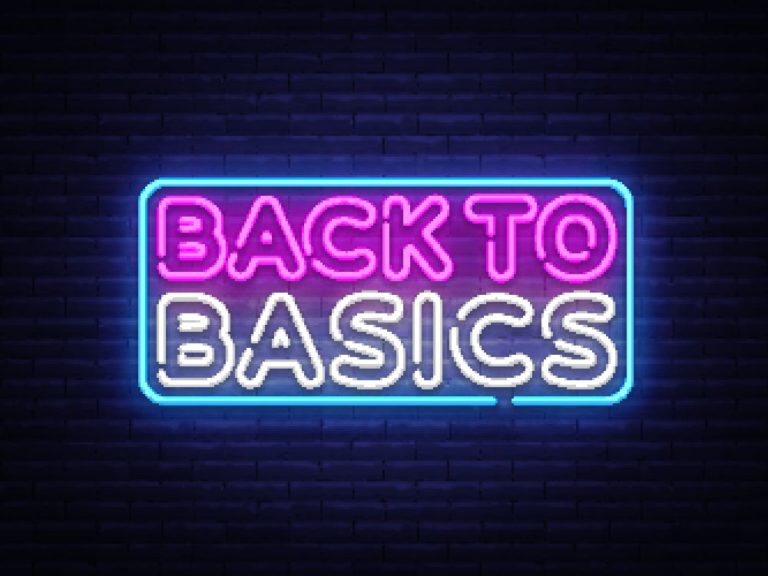[vc_row][vc_column][vc_column_text]The Government is introducing a new regulatory scheme for therapeutic products, and in addition, PHARMAC, the medicines purchasing agency, is extending its authority over medical devices in public (District Health Board – DHB) hospitals.
A draft bill setting out the framework for the new regulatory regime was released for consultation earlier in the year. The purpose of the proposed Bill is to:
1. a) ensure acceptable safety, quality, and efficacy or performance of therapeutic products across their lifecycle; and
(b) regulate the manufacture, import, promotion, supply, and administration or use of therapeutic products.
Following the consultation process, a Bill is proposed for introduction into Parliament by the end of 2019 and scheduled for commencement from late 2022.
In addition to these regulatory changes, funding arrangements for devices are also changing -presenting a number of challenges to those operating in New Zealand.
PHARMAC was created in 1993 to manage government spending on medicines. Whilst there is a lot of debate around its impact on the health budget and patient access to innovative medicines, it is undeniable that it has delivered lower spending growth on pharmaceuticals.
New Zealand now has one of the lowest public spends on pharmaceuticals in the OECD. But New Zealand also ranked lowest in the OECD for the proportion of new medicines that are subsidised (2010-2015) – 12% compared with 48% for Australia, and 58% for the OECD on average. And in 2013, generics accounted for more than three-quarters of the volume of pharmaceuticals in New Zealand.
Since 2012, PHARMAC has been working on the procurement of hospital medical devices including introducing the first national contracts for devices in 2014 and implementing the first market share procurement for wound care in 2017/18. They now have $200 million under contract.
PHARMAC wants to commence the next phase of its work on medical devices as early as 2020. This would see PHARMAC deciding which medical devices are funded and also making decisions about introducing new technology that DHB hospitals can use.
The conflation of these two changes have significant implications for the 240 companies operating in the medical devices sector in New Zealand. The PHARMAC approach will potentially erode patient and clinician choice, training and education for medical professionals, long term competition and viability of the sector, timely access to innovative therapies, value in healthcare and overall patient outcomes.
The PHARMAC proposal is open for consultation until 28 June 2019.[/vc_column_text][/vc_column][/vc_row]




